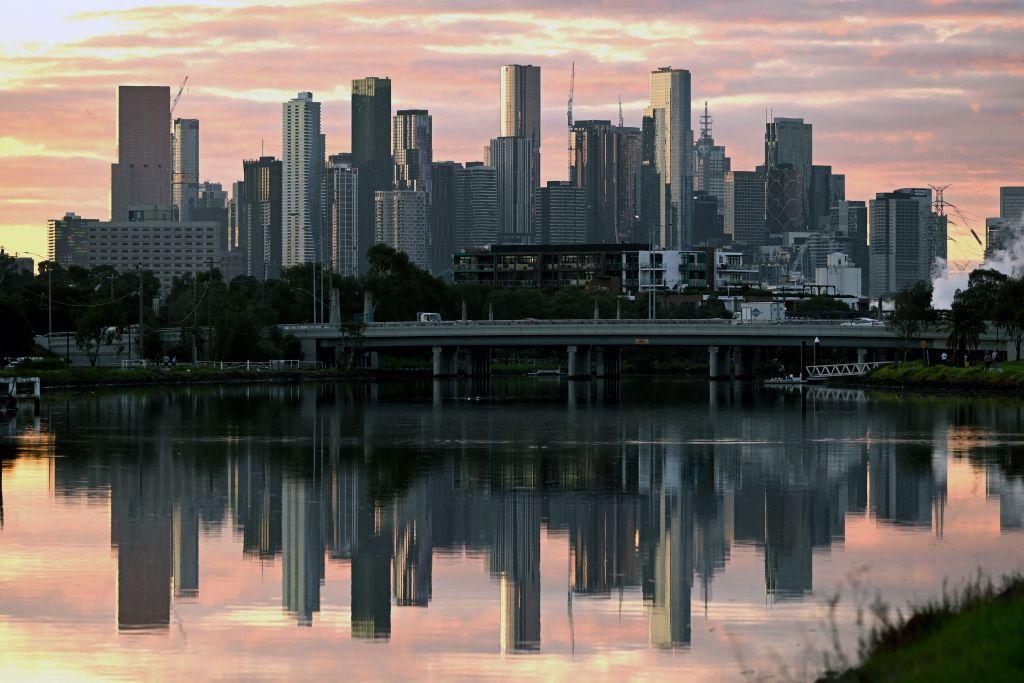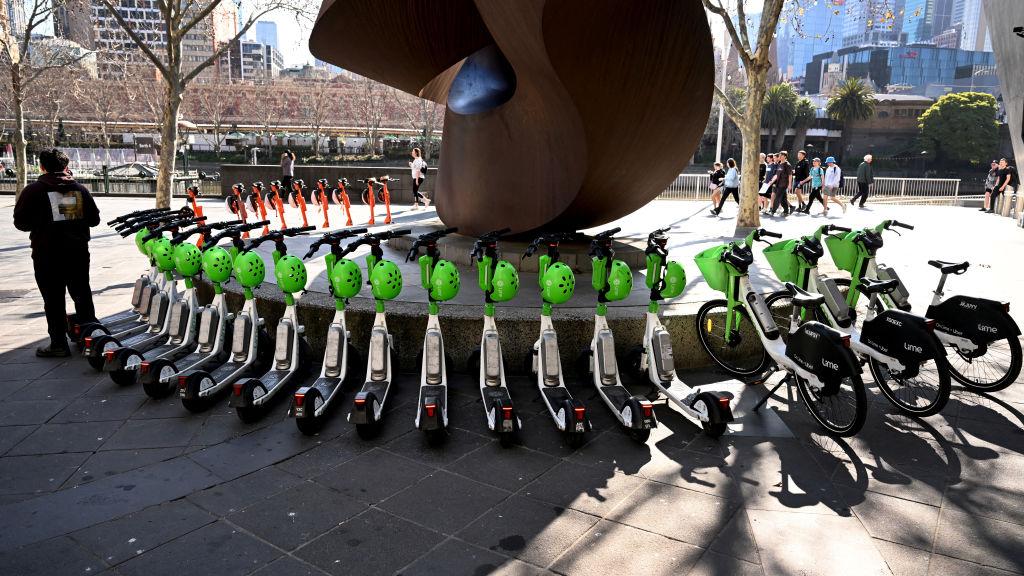Victorian Liberal Opposition Leader John Pesutto has criticised the incumbent Labor government’s financial “mismanagement” of the state amid ballooning debt.
The 2024 to 2025 Victorian budget, delivered by Treasurer Tim Pallas on May 7, shows a projected debt of $187.8 billion (US$124 billion) by the 2028 financial year.
This comes as the state recovers from one of the world’s longest lockdowns during COVID-19, when former Premier Daniel Andrews was in charge.
State Debt Growth Trajectory
The budget papers show (pdf) that debt will rise from $156.2 billion in the 2025 financial year to $169.2 billion in the 2026 financial year, and $179.2 billion in the 2027 financial year.The document reveals net debt is projected to be 24.5 percent of gross state product (GSP) by 2025, rising to 25.2 percent of GSP in 2026-2027, and falling to 25.1 percent in 2027-2028.
The interest expense in the budget is expected to average 7.8 percent per year over the budget and forward estimates.
The government’s fiscal strategy is to try to stabilise net debt as a percentage of GSP, the budget paper states.
“This step involves progressively improving the operating cash flow surpluses while growing the economy. These surpluses will fund a higher proportion of capital expenditure, reducing the reliance on borrowings,” the budget paper said.
Opposition Says ‘Labor Cannot Manage Money’
Opposition Leader John Pesutto said the budget was the culmination of a decade of financial mismanagement.“With record debt, record interest, record taxes, service cuts and poorer outcomes—it’s clear Labor cannot manage money and Victorians are paying the price,” he said.
“Whilst this budget makes cuts to health, education, disability, housing and basic community infrastructure projects, Labor arrogantly presses ahead with a $216 billion train line for Melbourne’s south-eastern and eastern suburbs.”
Treasurer Says Budget Focused on Families
However, Treasurer Tim Pallas said the budget is focussed on fiscal discipline, making sensible decisions that respond to the challenges ahead including inflation, workforce shortages, and how best to manage them.“As the world deals with challenging economic times, we need to face reality and make clear-headed decisions.
The treasurer said inflation is impacting the economy, just as it has impacted families. He said rising prices of materials, labour, and transportation has pushed up construction costs by 22 percent since 2021.
Finances Being Managed Responsibly: Budget Papers
Long term, the government states in its budget that Victoria’s finances will be managed in a “responsible manner” to fund services and infrastructure and support households and businesses.The goal is to improve public services over time, while public infrastructure will also improve steadily, according to budget paper two.
“Public sector resources will be invested in services and infrastructure to maximise the economic, social and environmental benefits,” the budget states under its longer term objectives and targets.
The government says the Victorian economy continues to grow and the labour market is strong, with unemployment at historically low levels of 4 percent.
Shadow Treasurer Says Government is Taxing More
However, Shadow Treasurer Brad Rowswell said the budget shows government is taxing more, spending more, yet delivering less.“Instead of repairing the damage of the past, Premier Jacinta Allan’s first budget has confirmed the waste, mismanagement, higher taxes and higher debt of the last ten years is only set to continue,” he said.
$400 Handout for Children in Public Schools Only
The Victorian government will also deliver a $400 payment for 700,000 students in public schools.The payment will be delivered to families of children in public schools, along with concession cardholders at non-government schools in term four of 2024.
The school saving bonus will help students with uniforms, camps, excursions, and sporting events at school.
A family with three children will receive a $1,200 handout to spend on school costs. The support will be provided as either a credit to help with the cost of activities in school, or vouchers to help buy school uniforms.
Discussing the $400 handout, Premier Allan said the government is delivering a budget to “help Victorian families.”
She said the school saving bonus sits at the heart of the government’s plan to relieve cost of living pressures for families across the state.







